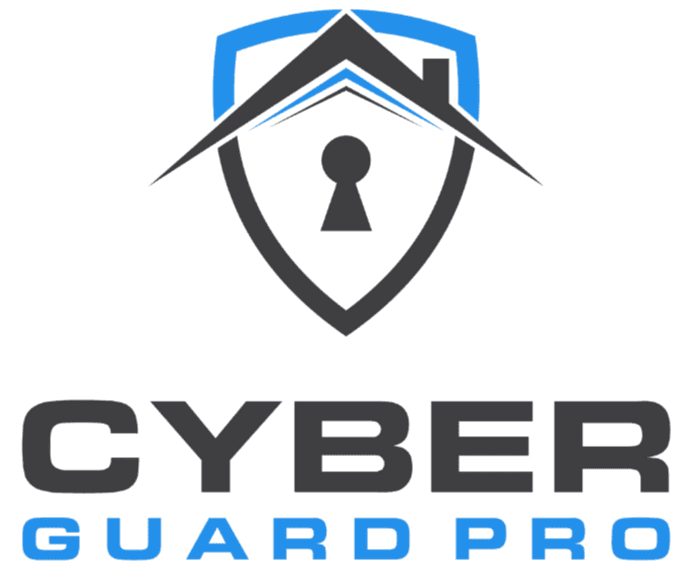
Reactive Physical Security Measures

Many organizations continue to have a reactive physical security approach, addressing an issue only after an incident occurs. This reactive approach usually happens when organizational stakeholder groups operate in silos or when there is infrequent sharing of day-to-day operational information and risks. This short-sighted approach limits collaboration and integration.
Additionally, the use of independent system operations can increase costs and liability to an organization. Simple unifying solutions, such as digital incident reporting software, can be leveraged across multiple stakeholder groups for reporting, analyzing, and aggregating incidents.
In cases where organizations are using independent, siloed, and often paper-based systems, here are some examples of the limitations:
- A lack of proper risk prevention: When risk sensing and risk prevention programs are not recorded, monitored, or even established, organizations can be left vulnerable to unknown risks, threats, breaches, catastrophic failures, asset loss, and reputational damage. Data such as current trends, external threats, cyber threats, civil unrest, and protests need to be collected and analyzed to prevent a major catastrophic event.
- The increased likelihood of stakeholders not receiving important information: Specifically, if guards and security groups continue to use independent paper-based reporting systems, pertinent stakeholder groups are unable to leverage the information contained within them or simply are left unaware of an incident. For example, a slip-and-fall incident may never be escalated to the appropriate stakeholder if kept only in written logs. Through the digitalization of these paper-based records, organizations can create customized digital reporting systems or electronic logbooks to populate and track data in real-time. Digitalization will allow physical security teams to aggregate and analyze the data collected efficiently. Furthermore, these digital incident-reporting systems can be leveraged across multiple stakeholder groups—including health and safety, facilities management, and business continuity—with event-driven solutions and notification emails to the appropriate stakeholders.
- Improper reporting: Physical security, building automation, and visitor management systems should be integrated into a centralized database and reporting system. Otherwise, an organization is not able to provide up-to-the-minute information such as occupancy levels, visitor locations, desk or floor utilization, lighting and temperature settings, video analytics, intrusion zone status, and people tracking for lockdown or evacuation procedures. This can increase operating costs and carbon footprint, and increase risk due to its inefficient tracking, reporting, and operations.
Contact Us
Get in Touch
Ready to secure your digital world? Contact us today to learn more about our comprehensive cybersecurity solutions and how we can help protect your business or personal devices.
